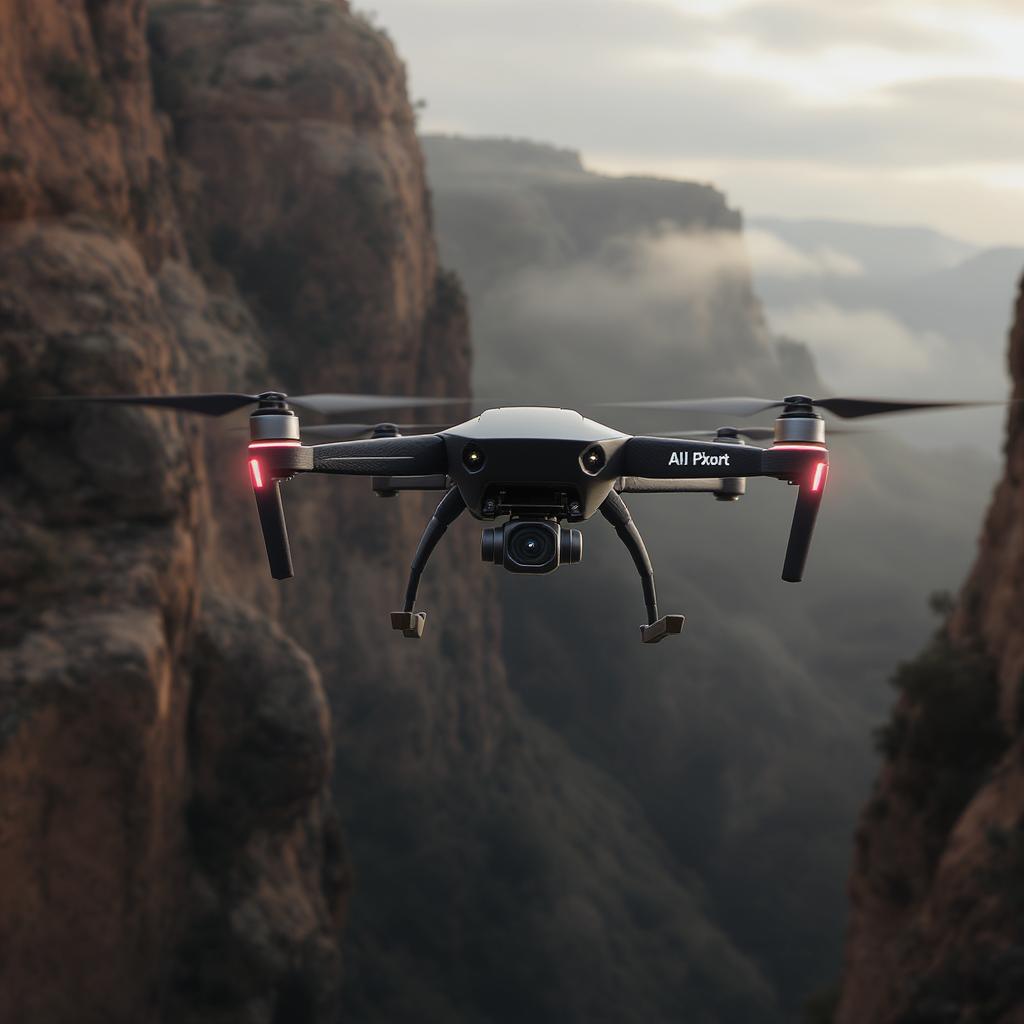
-
2/8/2025
Problem: Today’s drone operators grapple with unplanned obstacles, inefficient routing, and safety hazards that delay missions and inflate costs.
Agitate: Every collision risk or energy-draining detour can result in mission failure, lost data, and costly downtime, undermining confidence in drone deployments.
Solution: AI-powered drones integrate real-time computer vision, sensor fusion, and reinforcement learning to deliver smooth, autonomous flights. Here’s how:
- Intelligent obstacle avoidance: Deep learning vision systems detect trees, wires, and structures within milliseconds, cutting collision risk by over 30%.
- Dynamic path planning: Data-driven algorithms optimize routes based on maps, weather, and no-fly zones, reducing flight distances by 22% and extending battery life by up to 18%.
- Adaptive maneuvering: Reinforcement learning agents adjust thrust and pitch in real time, ensuring stability in wind gusts and complex environments.
- Redundant safety layers: Multi-sensor cross-validation and fail-safe protocols trigger emergency landings when battery, temperature, or signal integrity falls below safe thresholds.
By adopting modular hardware with global-shutter cameras and edge-compute platforms like NVIDIA Jetson, teams can deploy robust AI stacks in simulation and field trials. The result: faster data collection, fewer interruptions, and mission performance you can trust.
Ready to transform your operations? Explore open-source toolkits like OpenDroneMap and Microsoft AirSim, consult IEEE studies, and start building AI-driven drones that deliver reliable autonomy in every mission.
(*) Based on recent IEEE and NASA research findings.
